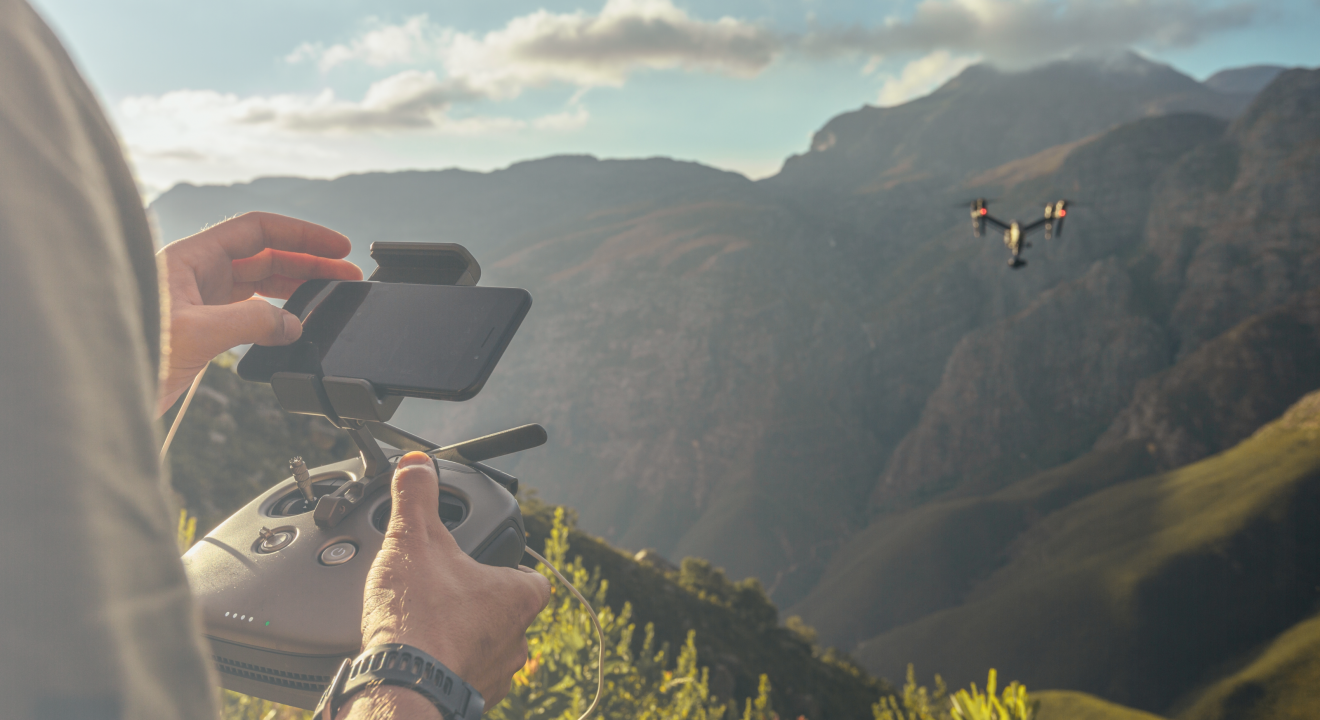Drones are an integral part of the defense and supply-chain industry. However, their prowess and versatility extend beyond these sectors. As the demand for UAVs continues to increase, the drone market is now estimated to be valued at over 127 billion dollars.
These uncrewed aircraft can potentially develop numerous sectors, including transport and travel, exponentially. This is primarily due to their remarkable evolution of collision-avoidance technologies through computer vision and artificial intelligence, allowing them to operate autonomously. Be it an emergency response, the supply of aid during natural disasters, marine navigation, or personal transportation, a drone is used for all such functions and even more.
Here are eight areas of transportation and travel where drone technology has the potential to make revolutionary changes.
Emergency Response
The dynamic innovation of drone transportation can positively impact emergency services by decreasing emergency response time, offering valuable data from inaccessible regions, and identifying victims via thermal imaging. Many researchers, start-up companies, and universities are still exploring methods to use UAVs for search and rescue to minimize the risks and fatalities during travel in dangerous environments, for instance, providing mountaineers and hikers with urgent assistance and technical support.
Humanitarian Aid and Disaster Relief
Similar to emergency response, drone transportation can be beneficial and valuable in countering the damages caused by natural disasters such as earthquakes and hurricanes. Drones can be used to find victims and figure out the extent of damage and can get emergency food and water to areas that require it.
Maritime Transportation
Navigating the seas and oceans is a labor-intensive process. According to statistics, more than 1.65 million people currently serve on international merchant ships. However, the gradual increase in oceanic data to avoid sea transport disasters will eventually require more autonomous machines to handle transportation. Rolls-Royce’s operation trials of uncrewed vessels have been relatively successful due to the use of UAVs.
Personal Transportation
Though the concept of a UAV emerges from being “unmanned,” its autonomous power can be used to create functional, personal transportation. Well-known companies like Uber, Airbus, and Boeing are constantly working on developing self-flying drones that can take people from one place to another. UAVs have served as an essential foundation for autonomous aerial vehicles (AAV), assisting transportation via four rotors and vertical takeoff with collision-prevention technology while requiring minimal passenger input.
Airlines
When discussing airlines, it is essential to address compliance challenges. Compliances need to be followed with extreme stringency, such as conducting routine inspections after every 125 hours of flight time. UAVs can help make the inspection and compliance processes better. Additionally, these drones can gather sufficient visual data to create a 3D model of airplanes, improving the efficiency of the assessment process.
Air Travel
While many airlines use UAVs to inspect planes and aircraft, there are other applications for drones in the aviation industry. These drones can assist airplanes in establishing optimized routes. Even though there is potential, this area of travel and transportation is very underdeveloped. This is partly because drones have caused flight traffic to be stopped on more than one occasion. Once the risk factors are eliminated, the opportunities for using UAVs for air travel are endless.
Tourism and Hospitality
Not only do drones assist in the marketing aspect of the tourism and hospitality sectors, but they also have the potential to transform the concept of luxury accommodations. Many researchers are working on discovering novel structures that will have the ability to fly to regions that are not accessible to guests.
Space
UAVs have played a highly essential role in space travel and have accomplished numerous feats due to the technological advancements that UAVs have offered. For instance, in 2020, NASA successfully set a drone-like rover named Perseverance to discover life on Mars. Similarly, the space agency is planning a mission using drones to explore Titan, one of Saturn’s moons.
In Conclusion
In conclusion, drone transportation has a lot of untapped potential beyond supply chain and security surveillance. The good news is that technology is constantly being developed and explored in various ways, which explains the possibilities of using UAVs to transform the travel and transport industries. Whether it is for emergencies, luxury, or space exploration, the future is optimistic for the travel industry.
